Advocacy Groups
November’s election is now exactly six months away. Today, we offer a few thoughts on how advocacy groups can make the best use of the next 182 days. (A parallel version of this memo directed to charities and humanitarian groups can be found here.)
Approach the next six months with two objectives in mind.
It’s natural to worry the most about holding your audience’s attention and engagement during the run-up to the election. But don’t be too single-minded. In the long run, it’s just as crucial to make sure your pre-election messages set the table for 2024 year-end and 2025 messaging and initiatives. Evaluate your May through November efforts from both perspectives.
Don’t paint yourself into a day-after-election corner.
Be aware that your pre-election language about the election’s impact on your issue can come back to haunt you. If you predict an apocalyptic disaster on election day and it happens, where will you take the post-election conversation? The ACLU, for one, is doing a great job avoiding this pitfall noting how hard they are working to defend democracy in 2024, but always reminding people they’ll be ready for anything post-election.

Emphasize your unique 2024 role.
Advocacy groups’ challenge in a high-stakes election year is as much about gaining attention and emotional space as it is about competing for dollars. As November 5th approaches, you won’t get there by joining the chorus of “existential threat to democracy” messages. Search out and feature “can’t wait” projects unique to your mission and central to your supporters’ identity.
Don’t count on the Biden campaign to frame your electoral message.
There are presidential years when the candidate creates a compelling framework that advocacy groups can, in many ways, just plug into. Obama 2008 campaign centered on the audacity of hope and rallying cries to get “fired up” and “ready to go” is a classic example. This isn’t one of those years.
In a recent Pew Center survey, half of voters (49%) said they wished both Trump and Biden weren’t on the ballot this year. I suspect the numbers wouldn’t be much different among progressive donors. The Biden campaign has different audiences and different messaging liabilities than you do. Echoing the Biden message won’t work the way aligning with Obama in 2008 did. Make your own case for what’s at stake and why we have to win.
Rely on voting rights/GOTV to stay in the game.
As Election Day moves closer, it’s likely to get harder and harder to hold peoples’ attention. Whatever issues they are concerned about, helping make sure Biden beats Trump will look like the most urgent action they can take. If it fits your group’s mission and mandate, promoting nonpartisan efforts to protect voting rights and encourage voter participation can be an effective way to stay in the game closer to Election Day.
NOTE: The memo you just read addresses advocacy group messaging over the vital six months ahead. A parallel memo addressing the different challenges and opportunities charitable and humanitarian groups have ahead of them is here.

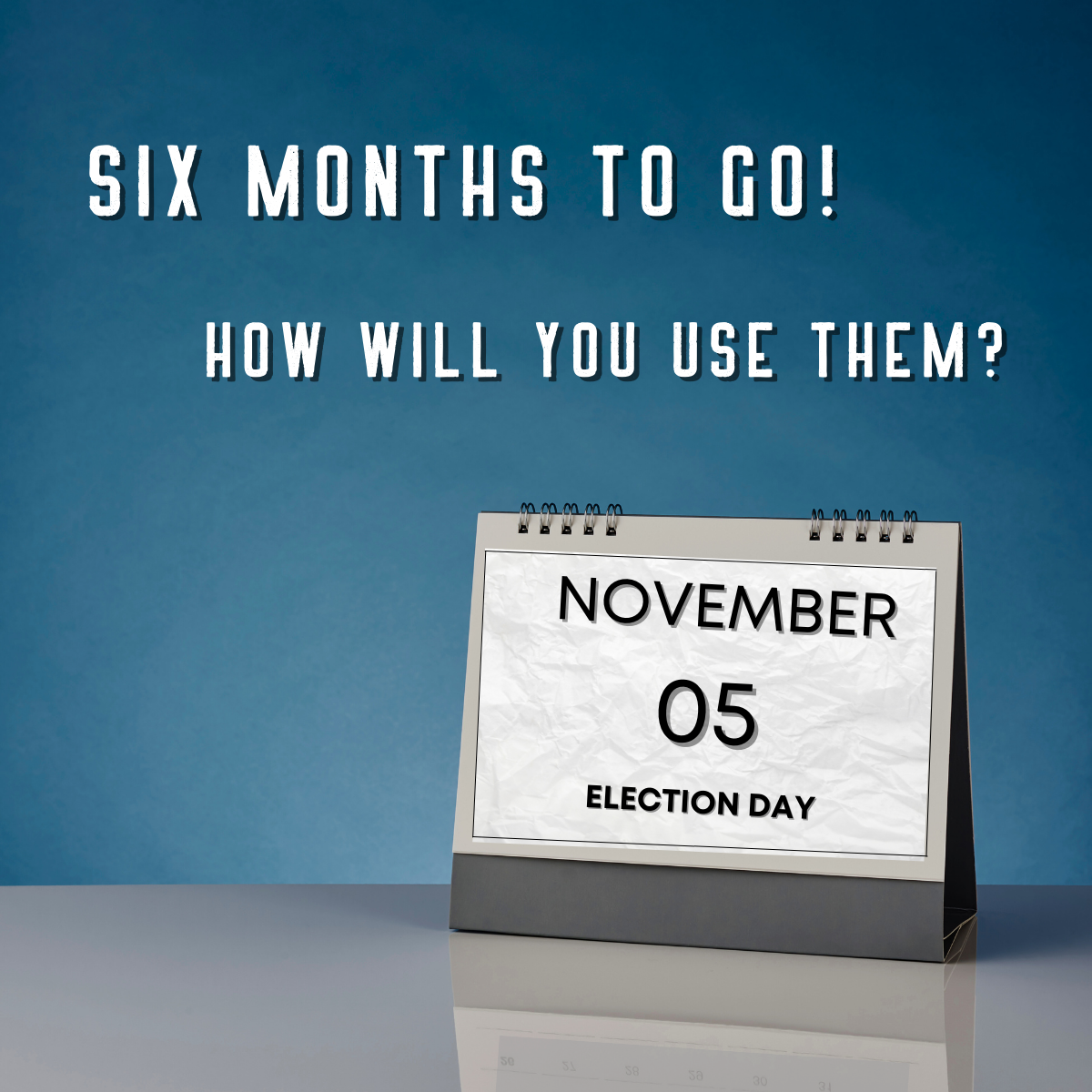
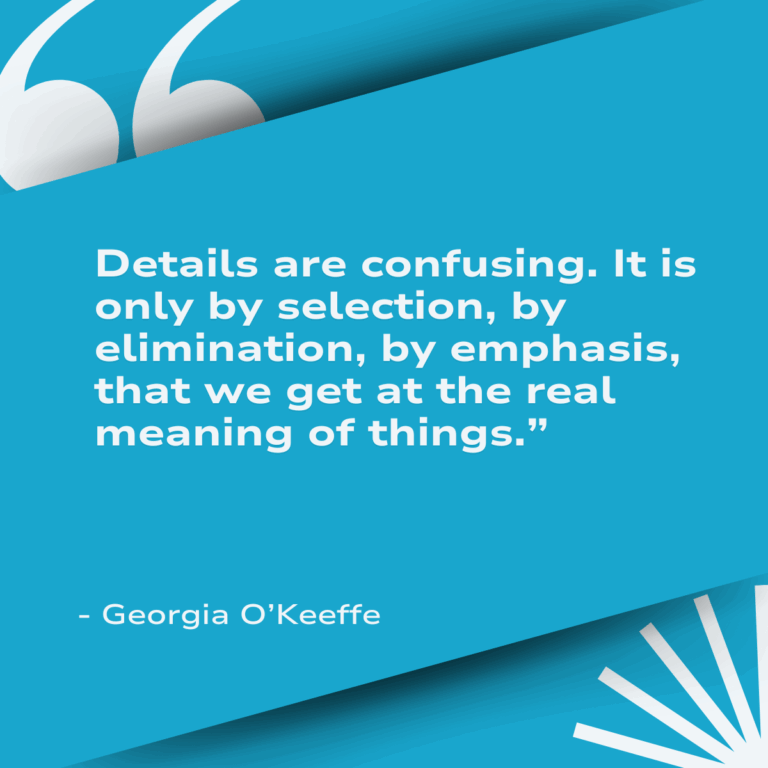
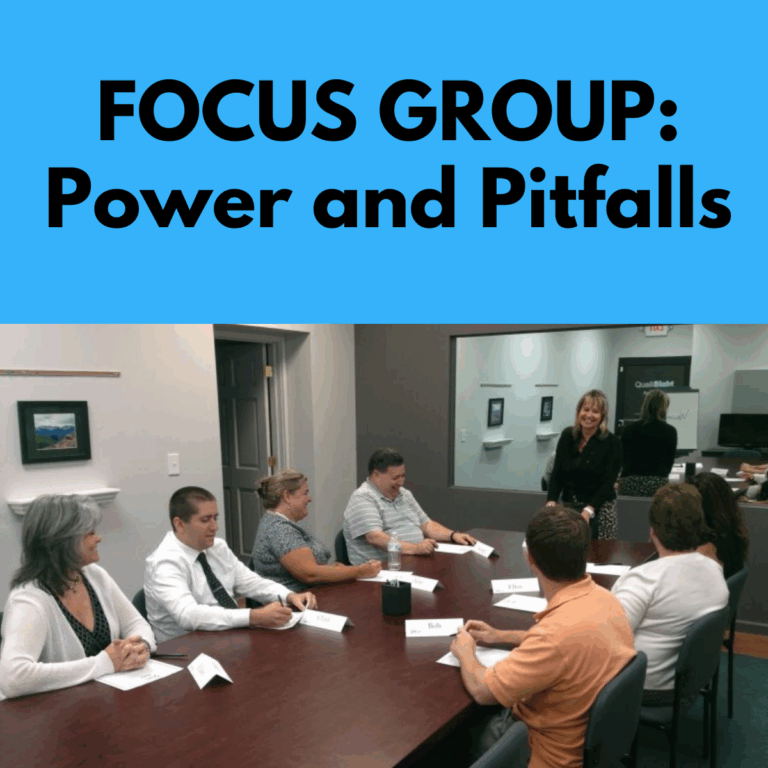

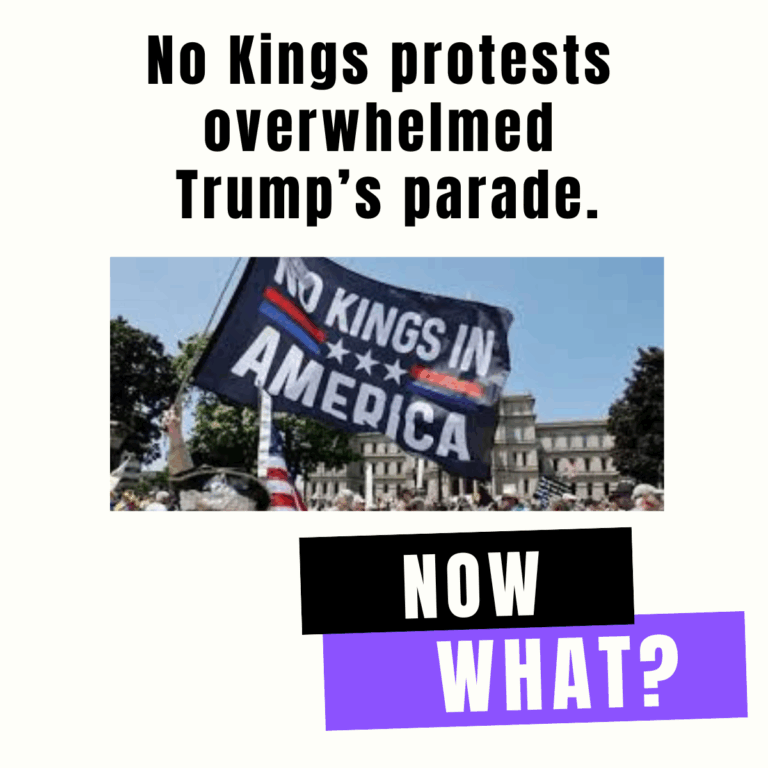
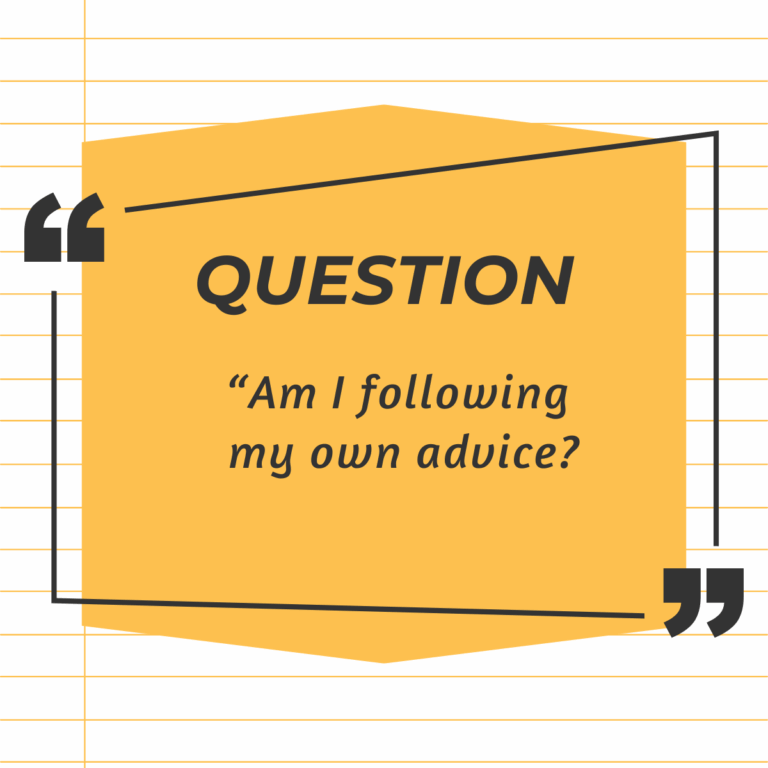
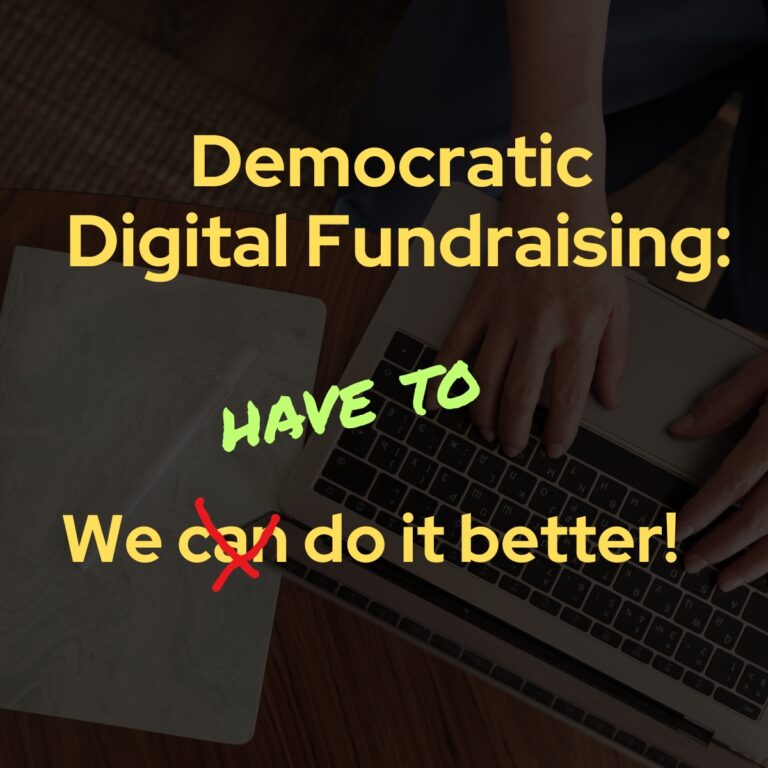

Not only is this helpful advice, it can also combat some audience members’ negative outlooks with a positive and clear cut vision for the path ahead. This has been an ongoing challenge leading up to the election so I’m relieved to be receiving more advice on how to rise to meet this challenge – thank you!